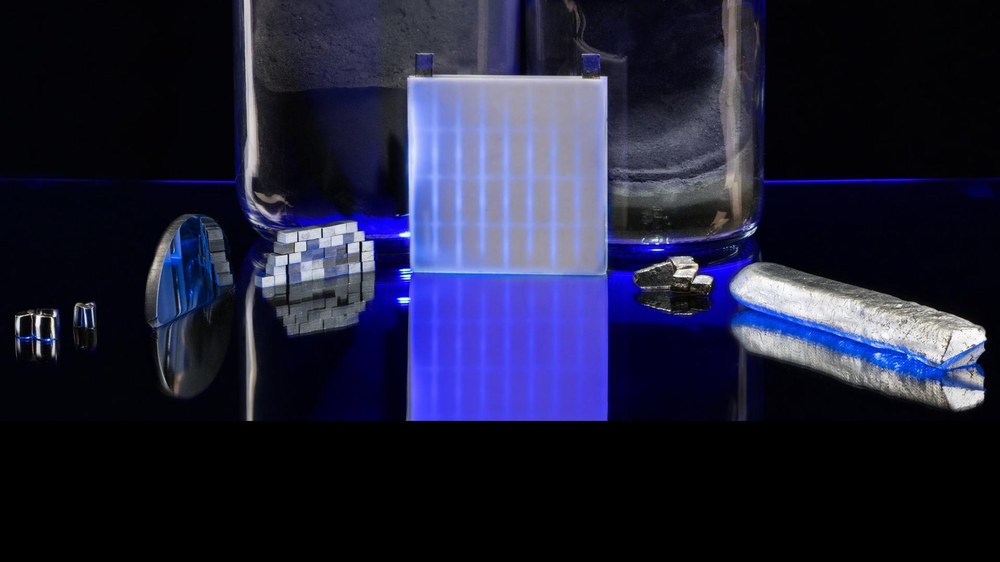Thermoelectric generator technology (TEG-Tech)


Thermoelectric generators (TEGs) are able to convert heat directly into electrical energy. Researchers at the DLR Institute of Materials Research in Cologne are developing TEG modules for high application temperatures. These modules are used to harness waste heat in stationary and mobile applications.
Converting lost heat back into energy
The TEG-Tech large-scale facility covers the entire value chain for the production of TEG modules; eleven individual systems are available for the production, processing and characterisation of thermoelectric materials as well as for the construction and characterisation of TEG modules. The development of thermoelectric modules – the active components of TEGs – for application temperatures of up to 600 degrees Celsius is a key objective of German Aerospace Center (Deutsches Zentrum für Luft- und Raumfahrt; DLR) Thermoelectric Materials and Systems department.
This requires the production, processing and coating of highly efficient semiconductor materials, and their electrical and thermal contact with metals, to create thermoelectric assemblies. Measuring the performance of both materials and assemblies plays a vital role in assessing the technologies used.
TEG-Tech can be used to optimise known materials and synthesise and investigate new classes of materials in terms of their temperature-dependent thermal and electrical properties. These materials can then be combined and characterised to create laboratory demonstrators using suitable assembly and connection techniques.
This clustering in a single institute of such a range of capabilities covering the entire value chain is unique in Europe. The Thermoelectric Materials and Systems department of the Institute of Materials Research develops materials, bonding technology and system aspects of TEGs and sensors for use at medium and high temperatures (250-1000 degrees Celsius) for applications in space, aeronautics, vehicles and energy systems. Thermoelectric material development is geared towards thermoelectric efficiency.
